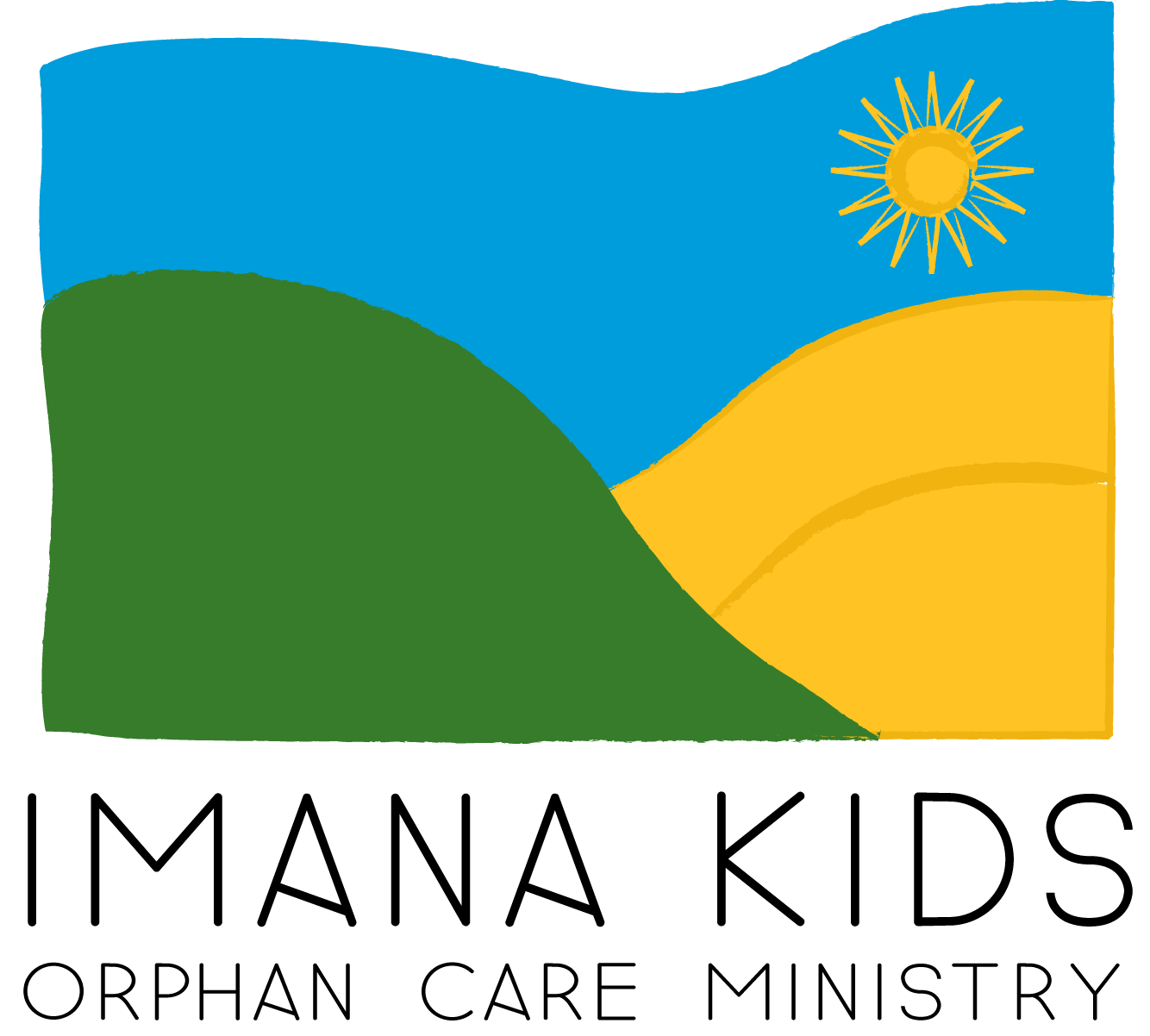April is at an end, and throughout the month you’ve no doubt seen numerous articles, statuses, and blogs relating to the Rwandan Genocide. As mentioned in our last post, April 7, 2014 marked 20 years since the horrific 100-day massacre began. The significance of this milestone has garnered more than the usual media attention. What many don’t realize is that April is the “month of mourning” in Rwanda, not only in 2014 but every year. Businesses close or limit hours, ceremonies reflect on the nation’s tragic history, and survivors wrestle through memories resurrected by the season.
Indeed, scars of genocide remain in Rwanda. You can see them on maimed bodies, mass grave sites, and buildings pockmarked with bullet holes. They linger in poverty, HIV, and the orphan crisis.
But these scars only tell part of Rwanda’s story.
Out of Death, Life
After the Genocide, leaders faced the monumental task of restoring order and seeking justice. Rwandan prisons and court systems were inadequate to deal with all the perpetrators, so the government established local “Gacaca” courts (meaning “justice on the grass”) to try and sentence these prisoners.
At Gacaca, community members gathered to give testimony for or against the accused. In many cases these were the moments in which victims finally learned the true fates of their loved ones.
Most perpetrators were excused with time served, or sentenced to community service. The government strongly encouraged reconciliation, but whether or not it occurred, this system of justice required many victims to live side-by-side with their attackers.
As you can imagine, tension and resentment remain. There are still those who don’t regret their actions, or who harbor bitterness toward their attackers and anyone who advocates forgiveness.
But there is another force at work, bringing reconciliation that defies logic. Truly, it is nothing short of miraculous to hear testimonies of those seeking forgiveness and extending grace. To listen as a widowed mother speaks with love of the man who slaughtered her husband and children…such mercy is not of this world. Yet it is real, and it is happening.
These stories demonstrate God’s power to bring beauty from ashes, to draw life out of death. Those who have found in Christ the power to forgive unspeakable injustices are peacemakers for their nation and examples to the world.
Out of Poverty, Opportunity
Another little-known fact is that Rwanda has one of the fastest-growing economies in Africa, increasing at an average rate of 8% per year. While international humanitarian aid has contributed to reconstruction, the government has long emphasized the importance of autonomy, recognizing that dependence on aid will ultimately cripple growth.
Strong work ethic and microfinance opportunities are leading to many successful small business ventures, providing income and employment. Education is equipping children, including our Imana Kids, for success in a nation bursting with opportunity.
With education, ambition, and a marketable skill, lives can change. Parents can provide for their children. Street kids can build a future. Again, beauty can rise from ashes.
And we have the honor of seeing it happen.
Out of Despair, Hope
Rwanda’s tragic history cannot be divorced from its present, but we must remember that Rwanda is more than a nation town asunder by Genocide. Scars run deep, poverty still abounds...but so does hope. And it is stronger by far.
"Let us hold unswervingly to the hope we profess,for he who promised is faithful. And let us consider how we may spur one another on toward love and good deeds…"
Hebrews 10:23-24
